Jason Baeri – Embracive Light
Posted on November 1, 2022
Photo: Todd Kaplan
More than a few touring LDs have been known to say that running their consoles is akin to playing a musical instrument. The comparison works well for them, but this New York-based lighting programmer, designer and director takes a somewhat different view. Rather than seeing his work through the prism of hitting a snare drum or playing a guitar riff, he looks at it more as painting.
The analogy speaks volumes about the role he believes lighting plays in an overall production. Fulfilling this function means more than reflecting and supporting the music being performed on stage, though this is certainly of paramount importance. Going beyond this however, lighting’s mission should also involve contributing to the creation of what Baeri calls “an embracing environment that the show wants to live in.”
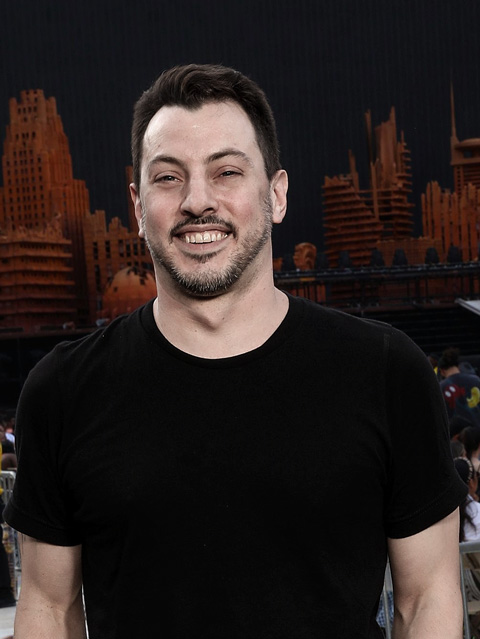 It is within this environment that every part of a show will take place and be experienced by the audience. Why else would people invariably say that they “saw,” rather than heard, an artist in concert.
It is within this environment that every part of a show will take place and be experienced by the audience. Why else would people invariably say that they “saw,” rather than heard, an artist in concert.
During the course of his still young career (his first programming tour was with Rihanna in 2011), Baeri has gotten to contribute to creating environments for a long list of artists. As a collaborator with the legendary LeRoy Bennet, he has programmed and directed tours by Maroon 5, Rammstein, and Lady Gaga. He’s also worked as an assistant and associated designer with Bennett for tours by Kelly Clarkston and Ariana Grande.
More recently, he’s been the designer for Kanye West’s Donda Listening Parties and the latest “After Hours Til Dawn” Tour for The Weeknd. Taking a break from his busy schedule, Baeri spoke to us about the embracive power of light.
You’ve worked in some unique settings, including from the observation deck of Hudson Yards more than 1,200 feet over Manhattan with an impending storm for the Weeknd’s 2020 MTV Music Awards performance. What was that like?
“That was a cascading series of weather-related calamities at the worst possible time. Thankfully, I was working with some very talented people. There were two helicopters at that job, one filming from overhead, the other directing a spotlight on the deck. Fred North, on the first helicopter is a master at filming from the air, having done this for many famous movies.

Photo: Todd Kaplan
“I was at my console right in front of the door to the observation deck. The Weeknd was at the apex of the triangle on the other side of the deck from me. The weird thing about that project was that the filming was outside anyone’s purview, since it was filmed from the helicopter above. We couldn’t see how our lights on the deck were coming off. Fortunately, Roy Bennett had masterfully arranged the rig so it looked excellent.”
You’ve programmed a wide range of gifted artists representing a broad mix of genres. Are there different challenges running a show for say a Kelly Clarkston as opposed to a Nine Inch Nails?
“You are trying to create a visual realm that fits into the world that the artists lives in, regardless of the genre. When I was programming Nails for Roy, the goal was creating an architectural space that matched the deep range of emotions that were present in the music. There was a very clear fourth wall that made the show an art piece to be viewed. With Kelly, it was more about the constant connection to the audience, as if they were at a party together. So yes, the way I approach my role in the project was different, because the environment we were striving to create was quite different.”
Do you get into a different head space depending on the artist?
“That’s an interesting question, and the answer is ‘most definitely yes.’ There is a part of me that gets into a different zone creatively and emotionally to take on the attitude of the show. There’s always a moment where everything clicks, and your emotional and creative relationship becomes a kind of stepless connection rather than a parted process. You feel the vibe and just start to groove with. No matter who the artist is, it’s always important to find that vibe so you can be creating in that world, and that world alone”
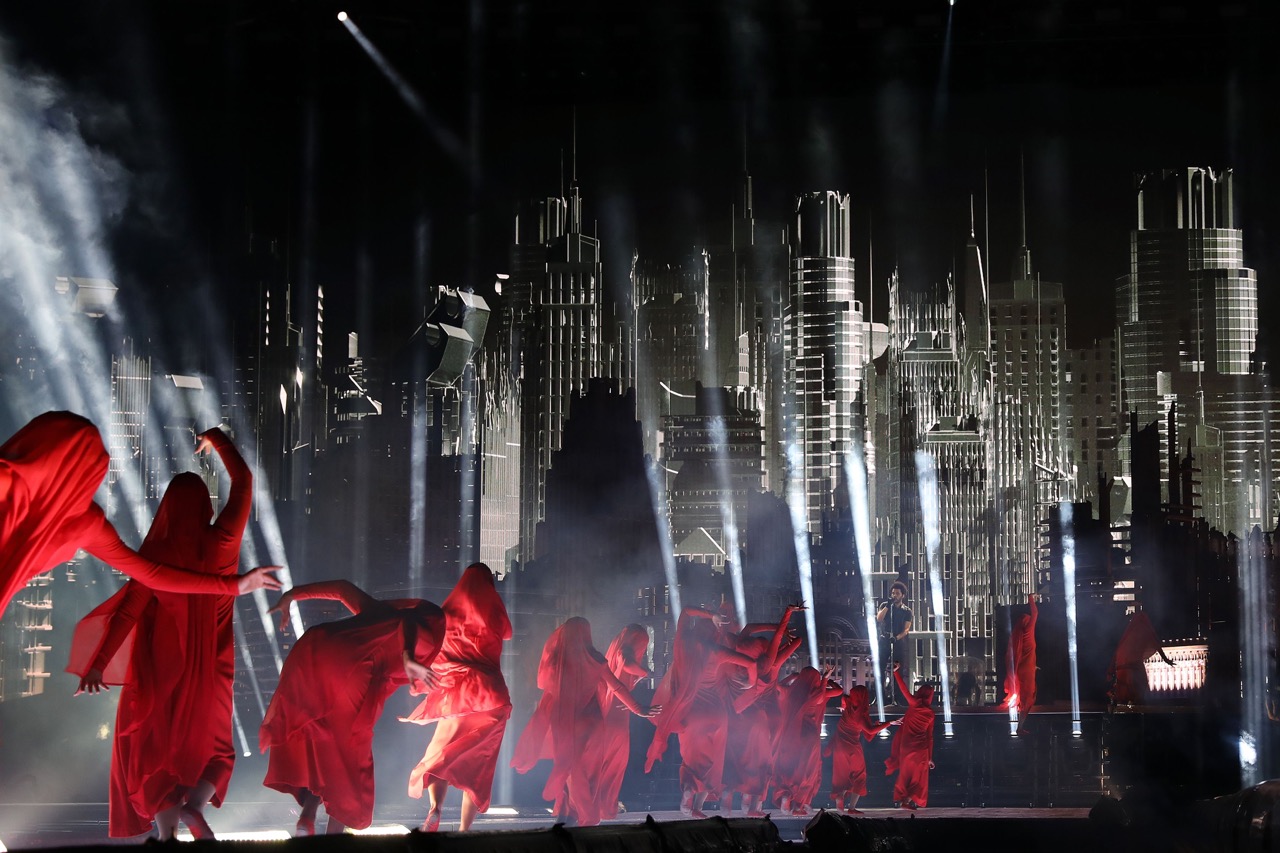
At the start of a project, do you ever procrastinate?
“I’d like to be kind to myself and say ‘no,’ but that wouldn’t be entirely accurate. However, once I delve into a project I become single mindedly obsessed.”
You mentioned the designer’s vision. You’ve worked extensively with LeRoy Bennett. Looking at the work you’ve done with him, we know you have a great understanding of his design philosophy. Can you tell us how you hooked up with him and what your creative relationship is like?
“I met Roy in the early 2000’s. We related to each other pretty quickly, and around 2011, when Corey Fitzgerald was branching out into his own designs, I started running shows for him. Ever since I was in high school running dimmers I’ve been a great admirer of Roy and his work. So, hooking up with him has been one of the greatest experience of my life, and has shaped my life and career in ways I can only be humbled and thankful for forever. We have a very similar vocabulary, so we can communicate in a kind of shorthand. I’ve learned so much from him, not just about the technical aspects of lighting design, but also about the approach you should have to creative challenges.”
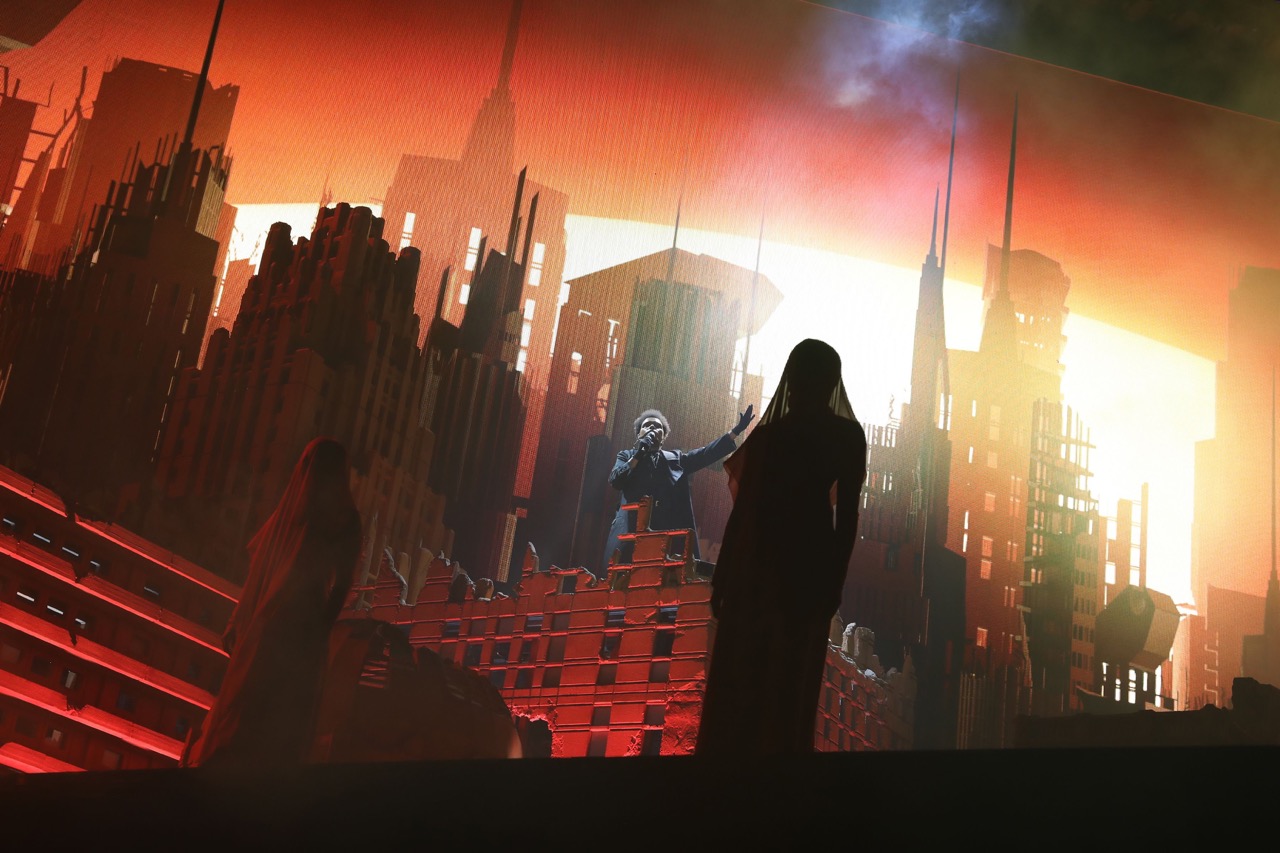
Photo: Todd Kaplan
Can you elaborate on that last point?
“In essence it’s about having the courage of your creative decisions. The underlying message from Roy was go forward and do the thing that scares you. Take chances. Step outside your comfort zone. It may be a bit scary but that’s how you grow creatively.”
So, you should never take the easy way out with design?
“Absolutely correct! You’re telling a story so don’t take convenient short cuts.”
Any examples?
“I don’t want to generalize, because there are cases where someone might take a ‘short cut,’ and it works terrifically, but if I had to say there’s a place I see shortcuts, over lighting the audience would be a good pet peeve of mine. Don’t get me wrong, there are times in very many shows when audience lighting is called for, but it can also be a tiresome gag if you over rely on it. We’ve all been to shows where it’s one crowd light after the other – and then it becomes just a trick. The goal isn’t to highlight all that you can do with fixtures. What it’s all about is the show and creating the sort of environment that allows it to thrive.”

Photo: Todd Kaplan
So where do lights fit in then?
“The purpose of lighting is to create the best environment. It all gets down to the physics of light itself; it’s a wave and a particle; its identity is tied up in how it interacts with things. The moment you turn on a light, you create a space. So, light is responsible for the architecture within which everything else occurs. When I start a lighting design the first thing I look at is the space that is going to be lit, whether it’s the venue, the stage, or the scenic elements. The most important thing about light is how it is going to interact with its surroundings.”
How do video walls fit into this design philosophy, since they occupy their own space?
I am a big proponent of video as a medium. It plays an equal part in a show in crafting the environment as scenery and lighting. That said, often these days I see the spaces dedicated for video surfaces before the thought is given to what that content could be.
“This is like reverse architecture; you don’t design a cool architectural element and then figure out how to incorporate it into the interior of a building. The design should be more connected, so the overall vision comes first and then each piece fits into the concept. It’s much the same with stage design. Video is an incredibly important aspect of our environment, but just to designate space for a surface before there is a clear concept of the content seems backwards to me.”
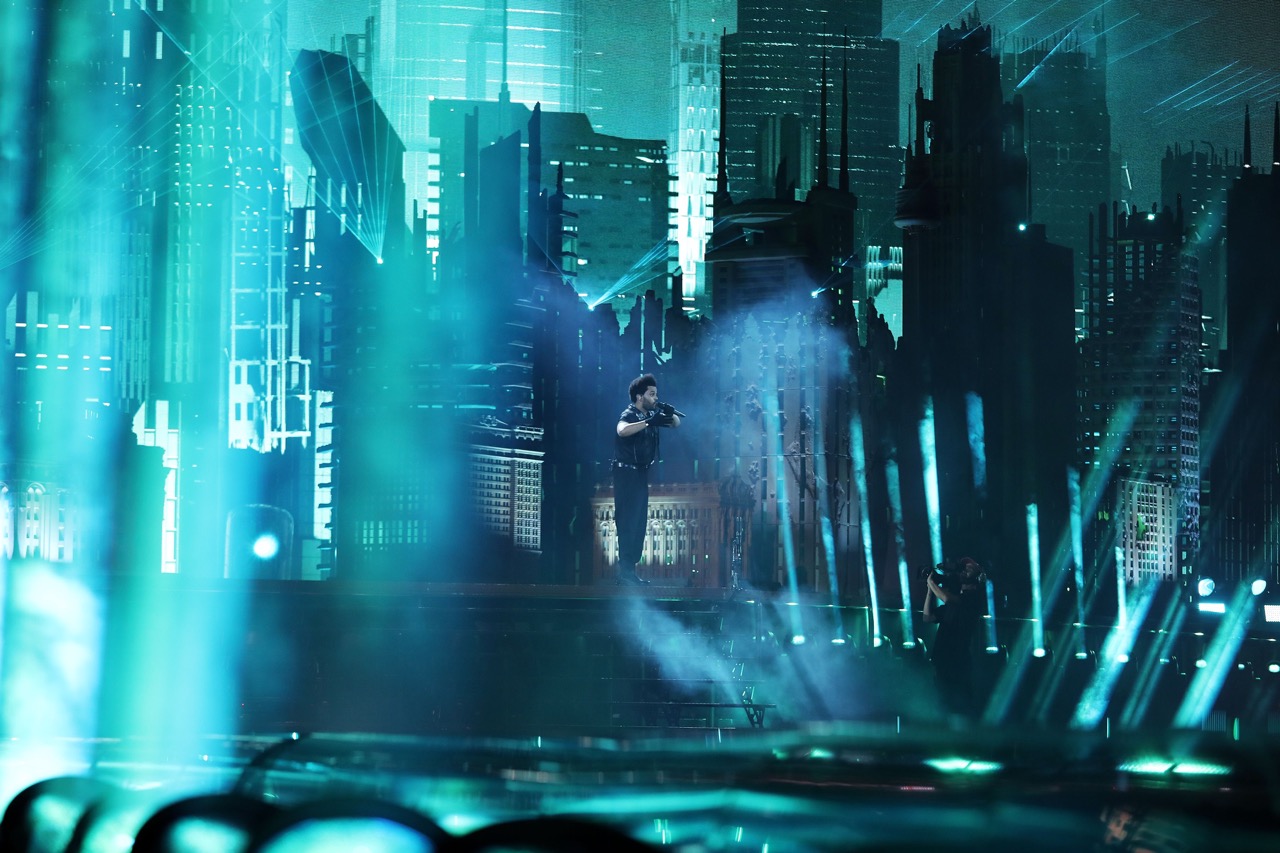
Photo: Todd Kaplan
Earlier, we talked about your Hudson Yards project with The Weeknd. Another impressive project was Lady Gaga’s Artpop, where you had to manage so many different pixels — 4,500 just on your hybrids. How did you meet that challenge?
“That was an interesting show; one that challenged in so many good ways. We hand- animated every pixel and proceeded to use them in every possible way imaginable. Luckily Whitney Hoversten was our director and he’s amazingly skilled in this area.
“Roy designed this gigantic spectacle three-quarter thrust show that extended to the back dasher of the hockey floor, so large that we had to treat it like it was in the round. Lady Gaga really extended to the point where she was part of the room. In terms of lighting that show, our focus had to be very symmetrical from every direction. Because she went out so far, we had to light her to ensure that the show came off well to audience members on the any side of her.”
So many concerts are videoed, so how do you balance lighting for the camera verses the live audience?
“I really think of this in terms of lighting for different sections of the audience, not the camera. The camera is just another section of the audience that I have to take into account – and obviously it’s of paramount importance. I’ve been lucky to work with designers who have been masters at lighting rock shows for television. You can still do rock looks for a TV concert but you have to adjust for the medium. Your looks can be just as intense, the trick is to keep them contained without looking like they’re cut off.”
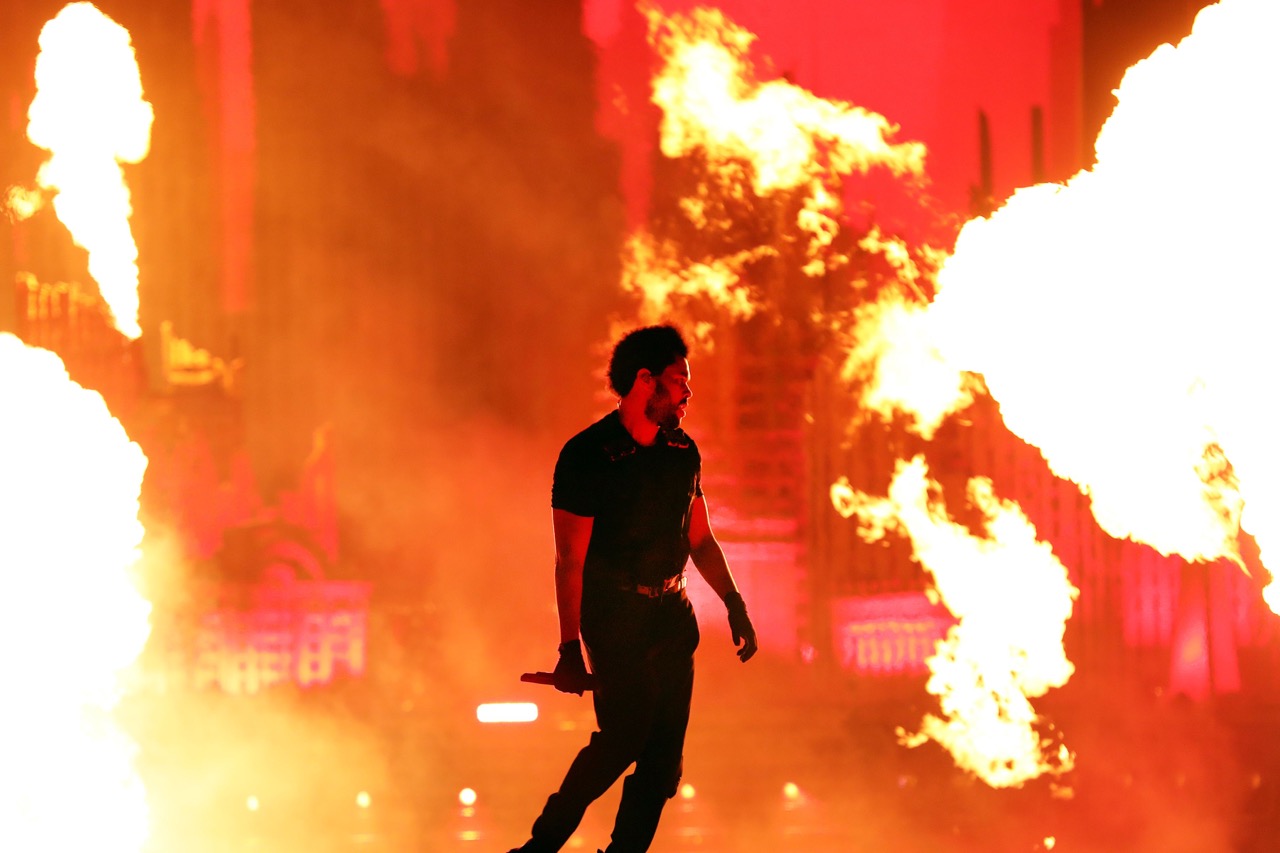
Photo: Todd Kaplan
In addition to being a programmer and director, you are now doing more of your own designs. So, how does designing compare to directing?
“To me, the beauty of designing is that you get to ignore all your original rules that are there when you direct a show. By this I mean that when you start a design there are no fixed parameters. You’re thinking of how you want to design before anything else is in place.
“Of course, though, you can’t design in a vacuum. Physical realities like the size and shape of room, as well as budgets have to be woven into your creative thought process. During the pandemic, I was asked to judge some design contests involving students. There were some great ideas, and I believe they should always be encouraged to flex that part of their brains before diving into the practical, but so many times, there were questions like ‘how are you going to fit this in a trailer?’ that could not be answered.
Given the outstanding success you’ve enjoyed already, will you ever become a designer exclusively?
“Who knows? Life is all about living in the moment and right now I am very happy with the mixture of both. I enjoy delving into the minutia of programming as much as I enjoy designing. I’ll keep programming until technology stops being fun.”
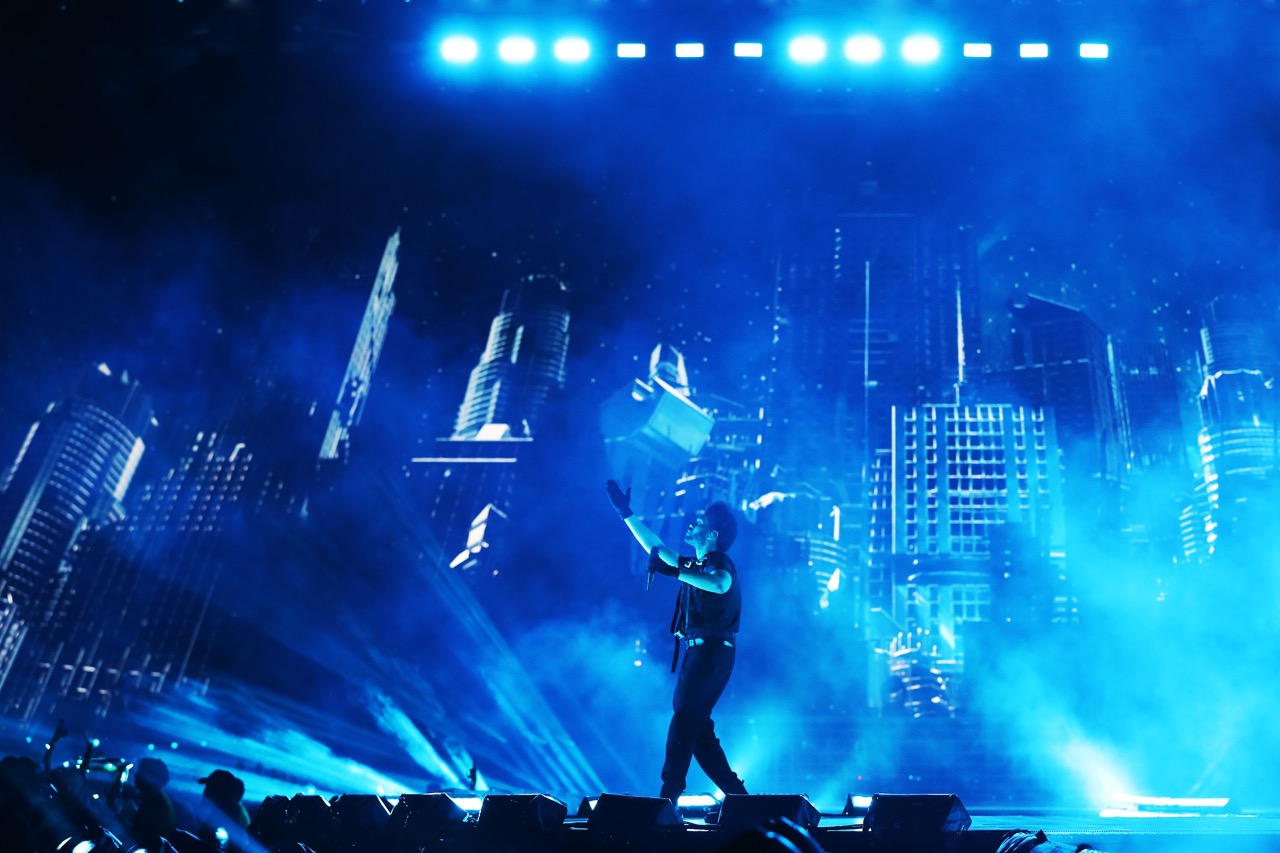
Photo: Todd Kaplan
How would technology stop being fun?
“This could happen if it became too automatic and there were no intuitive and analytical skills involved. If it just became pushing a button or dealing with technology more than dealing with the outcome.”
Some programmers have told us that running their boards is like playing an instrument. Do you feel that way?
“To me, it’s more like painting.”
How is that?
“The console is like a stepping stone, something that helps you get to where you want to go with the design. It’s a means of creating the environment that the show wants to live in. When you create this encompassing environment it embraces the whole show, which means the music, the artist, the message the artist wants to convey, and all of the surrounding elements that an audience member would experience. When you’re creating this kind embracive setting with as console, you’re creating landscapes or vignettes that become more of a living , morphing, growing picture than a series of notes or hits. ”
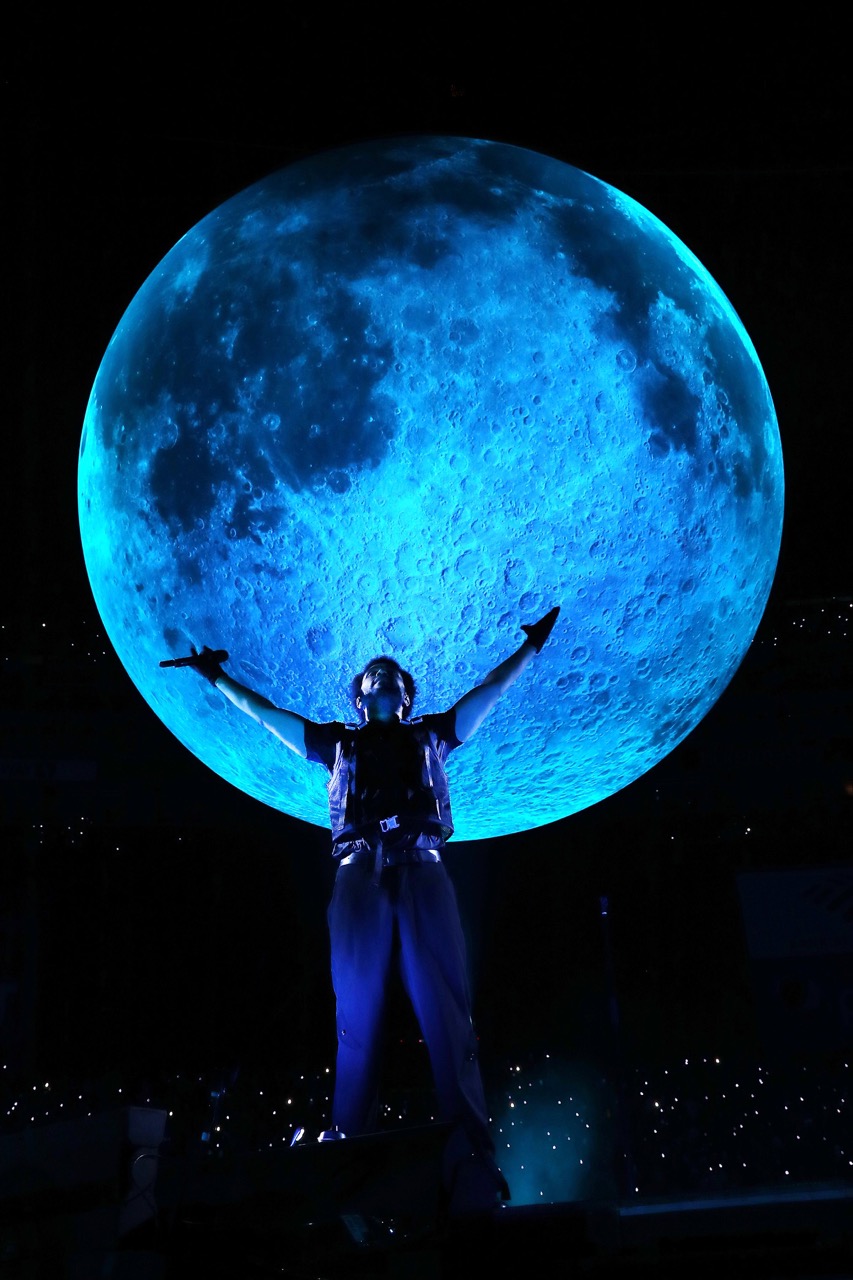
Photo: Todd Kaplan
What are the keys to lighting making this contribution?
“There are a ton of different elements involved, but my primary focus is on color. The story of every show comes in colors. That’s what I like to rely on. Typically, my show files are simple. There usually aren’t crazy series of macros. Color is at the heart of the design.”
We notice that you often tend to limit the number of colors you’re hitting the stage with at any one time?
“That’s very true. There was a study where they greatly increased the number of traffic lanes on a highway, thinking that it would reduce the number of accidents, but it wound up having no effect. The reason was that our brain can handle only so many events simultaneously. After that, it tunes out and can only process it as noise/random. It’s the same thing when you use a lot of colors at once. I’m not saying it never works; sometimes it’s called for, but oftentimes you just cancel out your own work.”
Do you have a favorite color?
“I’m loathe to say this, because there are times when it’s not the best choice for a given design, but I lean toward the red and amber area of the spectrum
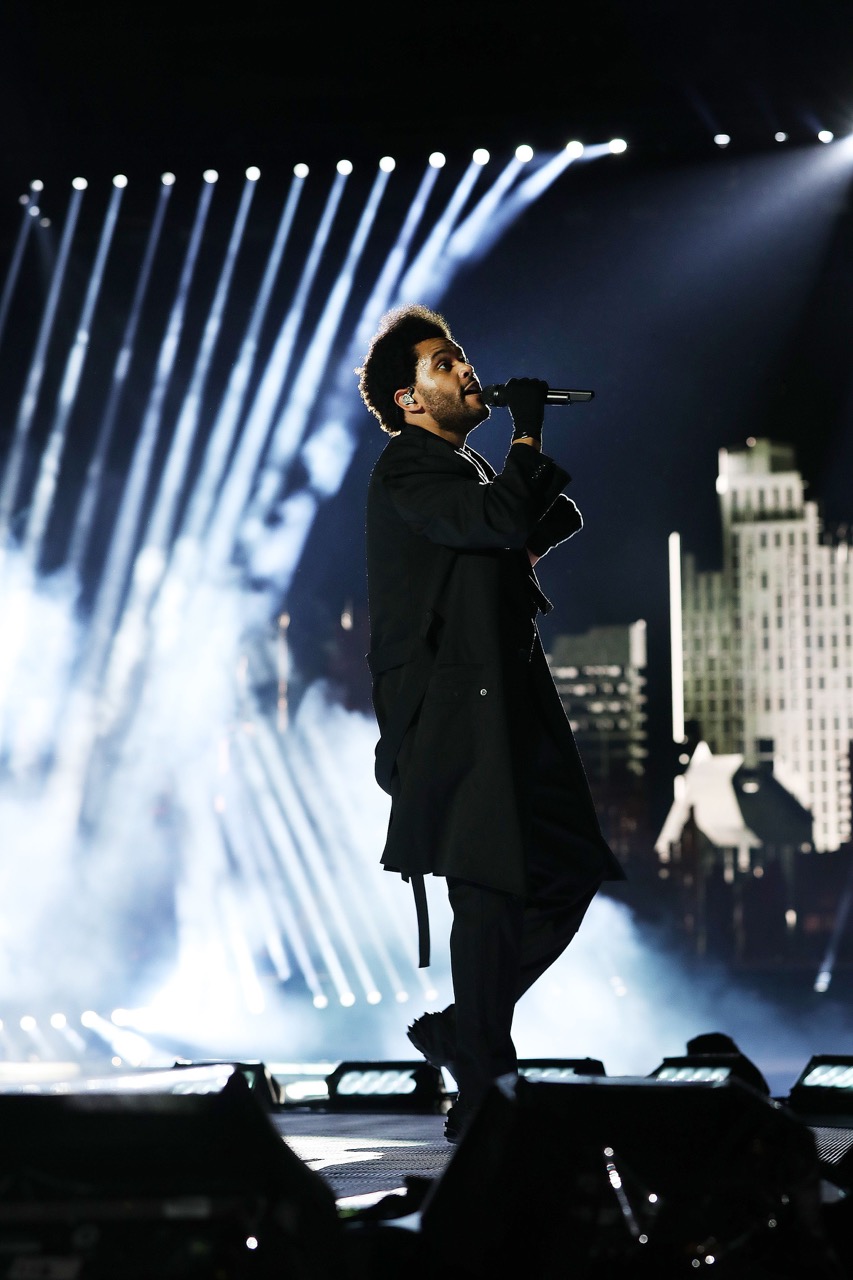
How about the most challenging color?
“I know a lot of people would say green. My friend Nook Schoenfeld has written about the challenges of green, but to me it’s yellow. It’s really hard to get yellow right, it often goes too harsh or too light, and it’s unforgiving, especially if you’re lighting a person. People can look really bad when the yellow’s off.”
So, how did you get started in lighting?
“I fell in love with theatre when I was a kid growing up in New York. For any success I’ve ever had, I owe it all to my parents for introducing me to the arts and endlessly supporting me in my endeavors throughout my entire life. I went to a vocational arts high school that was a magnet school for a bunch of local theatres and shops, so, I was able to meet a lot of amazing people and have a lot of opportunities in live entertainment really early on .
“I’ve been incredibly lucky to works with a bevy talented artists since then. I’ve spent a fair amount of time working with and learning from Justin Collie and the fantastic team at Nimblist. I’ve gotten to work with Roy Bennett, Arlo Guthrie, Kille Knoble, Cory Fitzgerald, Tom Kenny, plus frequent collaborators Lorne Barton and Brian Jenkins, and a host of others I’m probably forgetting, but to say the least I would say that I have been endlessly fortunate to get to create with some of the most talented artists a person could imagine.”
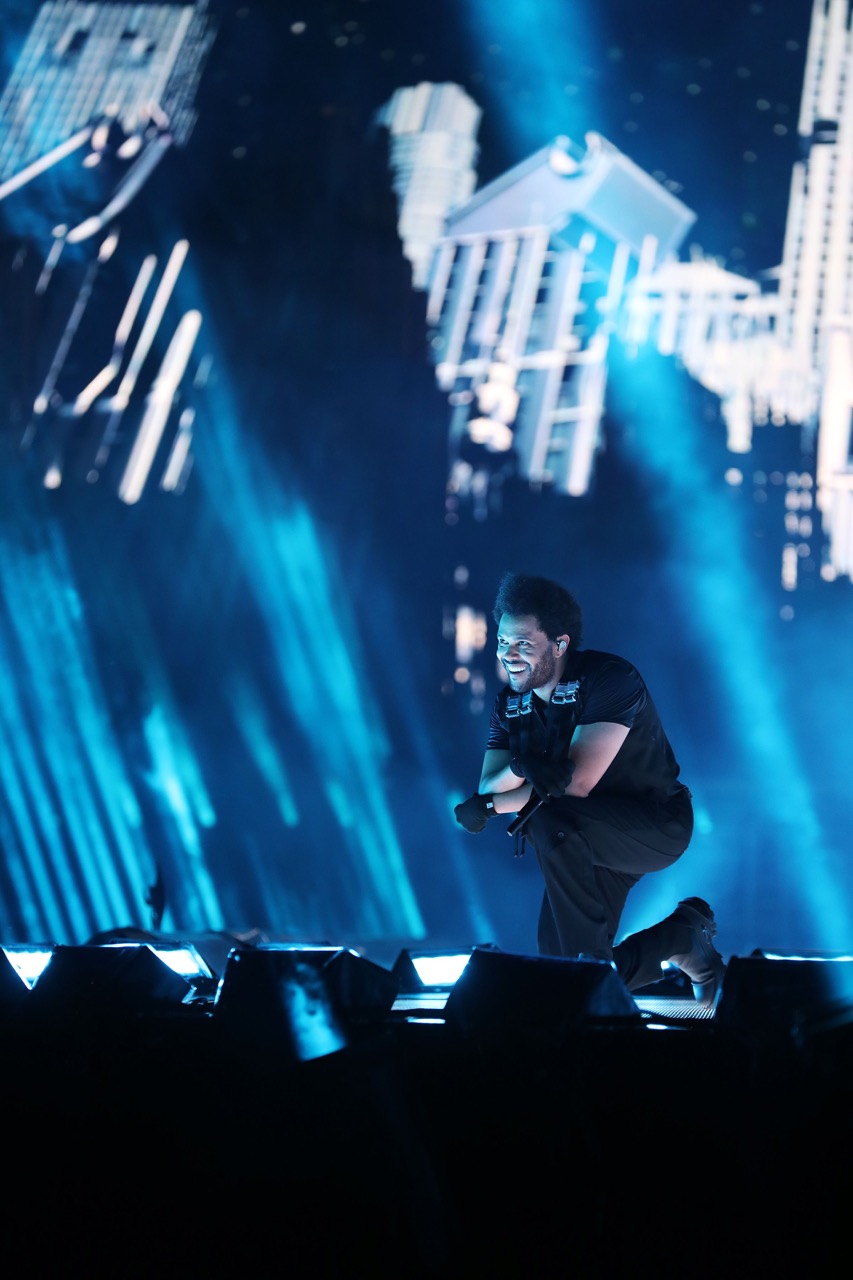
Are there things about this industry that you would like to see change?
“One thing that is changing for the better is the greater emphasis the industry is placing on issues like mental health and the steps we’re taking to help those who need it. As an industry, we have a very poor track record of taking care of ourselves, but happily that is changing.
“From a technology side, I also would like to see some new ideas in the kinds of looks of fixtures being turned out. The pixel look is nice, but we need more variety. Two decade ago, we had nothing but gobo looks, but that settled down and rebalanced. The same will happen with pixels; they’ll be used but not to the extent they are today. I’d also like to see more fixtures that do one or two things really well, rather than a collection of toolkit fixtures that do ten things ok. We miss that with the a lot of the hybrid type fixture in my view.”
You’ve already accomplished a great deal in your career. What are your goals for the future?
“You know, I’m not sure I have any loftier goals other than to keep making art with my friends and peers. See as much of the world as possible, find joy in as much of the day as I can, and try to keep bringing the endless wonders of this place back into my work. Maybe get to do a show a Red Rocks one day.

Photo: Todd Kaplan